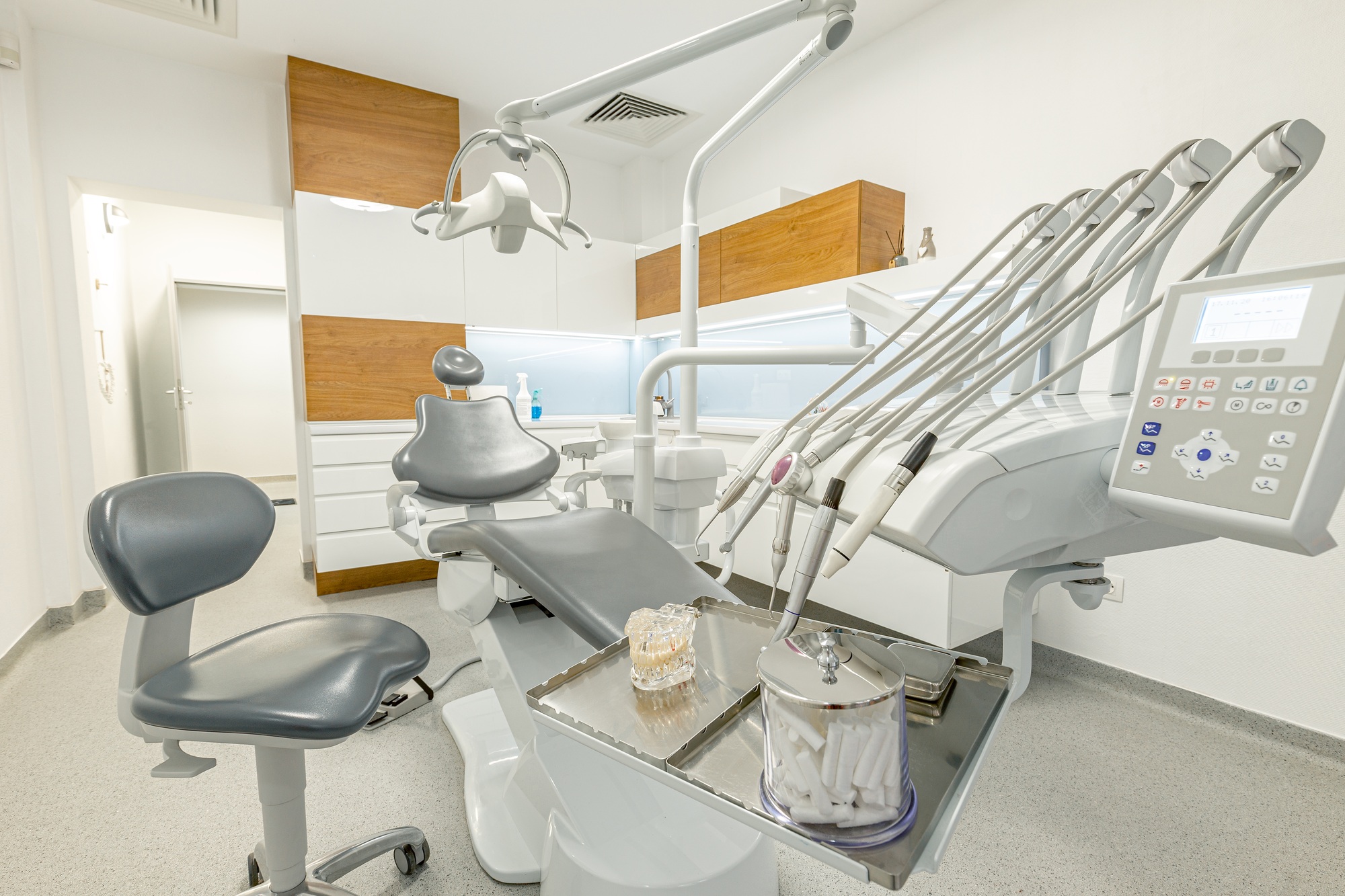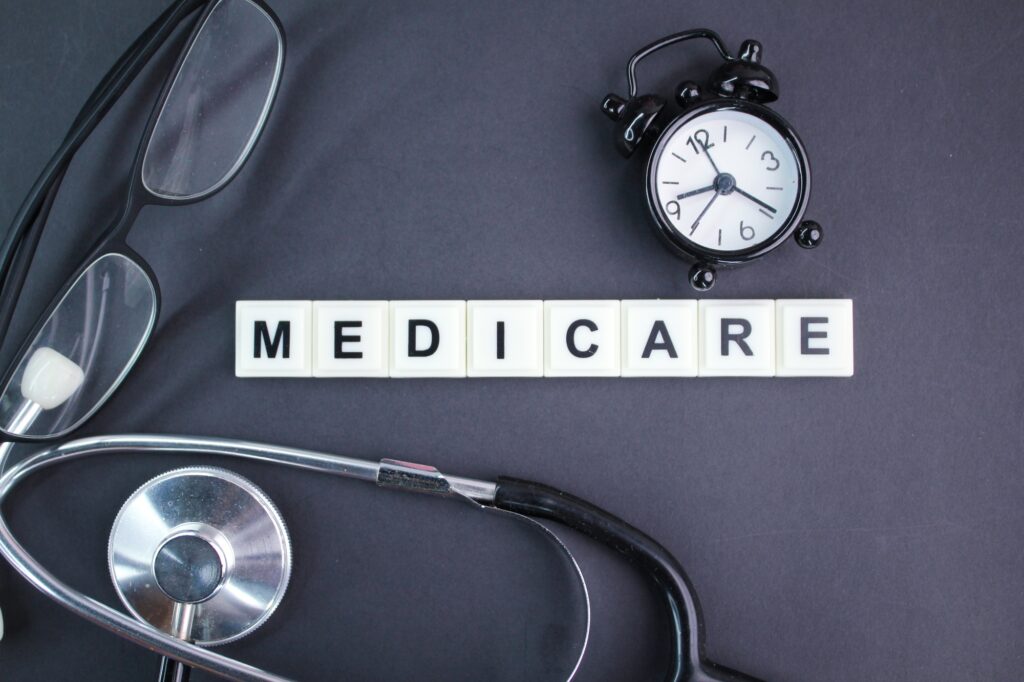Jesse Smedley is the Principal Broker for iHealthBrokers and the founder, president, and CEO of Smedley Insurance Group, Inc. and iHealthBrokers.com. Since the inception of SIG in 2007, Jesse has been dedicated to helping people save money on their health insurance by providing them with resources to educate themselves on all their health insurance options, both under age 65 and Medicare beneficiaries. He is featured in many publications as well as writes regularly for expert columns regarding health insurance and Medicare.
Medicare Part D is arguably one of the most confusing parts of Medicare. It provides prescription drug care coverage that is not offered by Medicare parts A or B or by any supplement or medigap plans. It is, however, offered by Medicare Advantage.
How to Enroll
You can enroll in Medicare Part D during your open enrollment period, which is the three months prior to, the month of, and the three months after your 65th birthday. This same open enrollment period applies to those who are eligible for Medicare Parts A & B through a disability. Instead of your 65th birthday, you would qualify on your 25th month of receiving disability. These months do not need to be continuous.
You may also qualify for a special enrollment period. Perhaps, you are still working past 65 and have delayed medicare. The list for qualifying events for a special enrollment period for Medicare Part D is actually quite long, so if you miss your individual open enrollment period, we recommend you contact a licensed broker for assistance. If you do not enroll during either of these periods, you may enroll during the Annual Open Enrollment Period (AEP) which is every year from October 15th to December 7th. However, you may be charged a late enrollment penalty so we strongly encourage you to think ahead to ensure you are not charged an unnecessarily.
The Four Stages of Medicare Part D
Although Part D drug plans are offered by private insurance carriers, there are certain federal guidelines that each plan must meet. Companies can compete to offer better benefits, but they must meet the minimum standards set by Medicare. All plans come with four stages.
Stage 1 Deductible
Stage 2 Initial Coverage
Stage 3 Coverage Gap or Donut Hole
Stage 4 Catastrophic Coverage
Stage 1: Deductible
Every year, Medicare sets a max deductible that any carrier can charge. For 2020, the max deductible is $435. Usually this max deductible increases every year to accommodate for inflation and rising health care costs. Individual carriers may choose to offer a lower deductible or waive it entirely, but it cannot exceed the max. Prior to meeting this deductible, you will be responsible for all prescription drug costs (except for the very specific charges covered by Medicare part B). So, if your prescription costs $75, you will pay the full $75 until you meet the deductible. Once you have done so, you will enter the initial coverage period.
Stage 2: Initial Coverage
Once you have met your deductible, you will enter the initial coverage stage or the stage where your insurance “kicks in”. At this point, you will not be responsible for the entirety of the costs of your prescriptions, but simply a copay. The amount of the copay will depend on the tier of the drug. With Medicare Part D, generally speaking, there are 5 tiers of prescription drugs:
- Tier 1: Preferred Generic
- Tier 2: Non-Preferred Generic
- Tier 3: Preferred Brand
- Tier 4: Non-Preferred Brand
- Tier 5: Specialty Medication
As the tiers get higher, so do the copays. Medicare keeps track of the total drug costs (including your copays) and the amount Medicare contributes as it reaches the limit. In 2020, that limit is $4020 (or less depending upon your carrier) Once you have reached the limit of stage 2, you enter stage 3: the coverage gap.
Stage 3: Coverage Gap
Stage 3 of Medicare Part D is sometimes referred to as the donut hole. This is where people tend to get confused! Once you have reached your coverage gap, your copays will change. Unfortunately, they usually increase from what you paid in your initial coverage period. Your copays will no longer be determined by the drug’s tier, but by the price of the drug itself. You will now be charged up to 25% of the cost of a name brand drug with a slightly higher percentage for generic drugs. Even though the percentage is higher, you will pay less for generic because they are usually much less expensive. This can be alarming because one month you could be paying $25 for a prescription and the next month, it could be $75!
If you believe you’ve been charged erroneously, call your broker so that they can help walk you through the process or check for you. More often than not, you are in the donut hole. However, as with the other stages, there is a limit to stage 3. If your prescription drug costs continue to mount and eventually reach $6350 (or less depending upon your carrier), you will reach stage 4: catastrophic coverage.
Stage 4: Catastrophic Coverage
Stage 4’s purpose is to ensure that you do not spend an exorbitant amount on prescription drugs on a yearly basis. Once you have reached stage 4, you will only pay a max of 5% of any given drug’s cost. No more tiers and no more stages. This is, of course, the least expensive stage, but we certainly hope you don’t need to take advantage of it.
How Much Will I Actually Pay for Medicare Part D?
You can view all of the different plans for Medicare Part D on medicare.gov. There are many different carriers for Medicare Part D, all boasting different advantages. While one may offer a lower deductible, their copays might be higher. Another plan may be more expensive, but, with lower copays for your drugs. For this reason, again, we encourage you to work with a licensed broker. If you have any questions or concerns, please feel free to give us a call at (888) 918-0518 or schedule a call today! Remember, we work for you, not the insurance company. And, of course, should there be any confusion down the line, we will handle it for you.
If you’d like to learn more about Medicare Part D, make sure to check out our video below!









